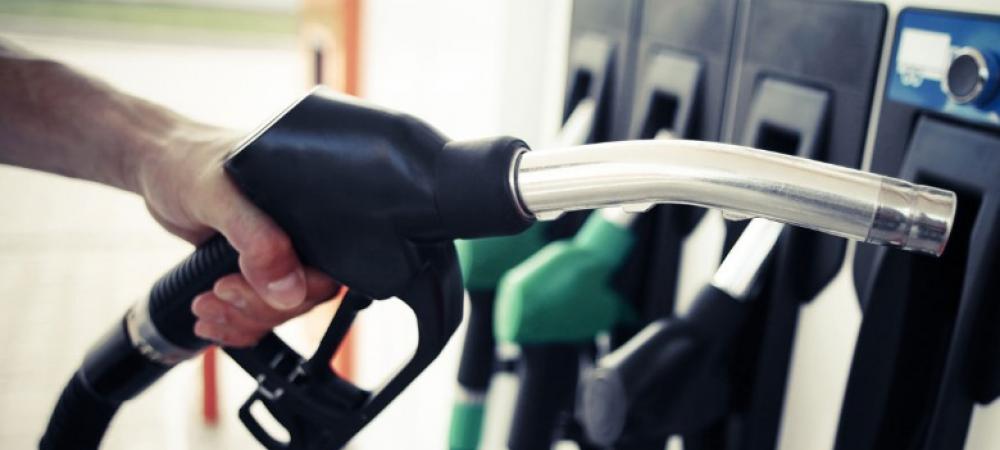View this content on Energy World.

Shalabh Srivastava, RTI International India | 9th April, 2019
Five reasons why blending methanol with petrol is the way to go for our country
The headlines I often read in Indian newspapers nowadays talk about issues like growing air pollution in cities, vehicular emissions on the rise, fluctuating prices and intense politics around oil, and grave question-mark on the future of domestic coal industry. Interestingly, the solution to these myriads of challenges is highly interdependent! India is one of the biggest importers of oil, and ironically, has a large domestic coal reserve. How does one reconcile this irony while ensuring clean energy security for India? Part of the answer lies in a solution: Blending of 15 per cent methanol with petrol. This technology is running successfully globally. After the crude oil price shocks in the 1970s, methanol blending was introduced around 1980s to extend petrol supplies as well as to improve petrol’s burning characteristics while reducing emissions. China produces ~70 million metric tonne per annum (MMTPA) (2016), converting their coal to methanol, using various types of gasifier technologies for different types of coal. We should explore adoption of these technologies for Indian coal.Here are five good reasons why blending methanol with petrol is the way to go for our country:
1. Dirty coal to clean coal
The best part about methanol blending is that it can be produced from high-ash Indian coal. This means India’s ‘dirty coal’ can be converted into cleaner fuel. And, di-methyl ether (DME), which can be further derived from methanol and blended in diesel and cooking gas. Collectively, this coal conversion to methanol and its derivatives (“Methanol Economy”) as advocated by George A Olah, suggests a future economy in which methanol and DME could potentially replace oil and gas. China had embarked on its journey to convert their coal to methanol, using various types of gasifier technologies (not just Chinese, but American and European technologies, including fixed-bed, fluidised-bed and entrained flow gasifiers) for different types of coal.
2. Positive impact on air quality
Since methanol has high octane and oxygen content, it is cleaner and generates significantly lower vehicular emissions. Due to the relatively lower process temperature, the oxygen content in methanol improves fuel combustion while its high blending octane-value ensures smoother burning. Further, lower boiling temperature means better fuel vaporisation in cold engines, along with lack of sulphur contamination, which leads to reduced vehicular emissions. These factors also reduce the generation of bad ozone and particulate matter (PM) in the atmosphere.
3. No need for vehicle modification
Existing Internal Combustion (IC) engines of currently operating vehicles can run lightly blended fuels with little to no modifications required. Previous experience in this sector demonstrates that M15 (a mixture of 15 per cent methanol with gasoline) is fully operational in conventional vehicles with some minor modifications such as stainless steel fuel lines and substitution of sealing elastomers. Since methanol has lower calorific value per unit volume as compared to petrol, we need more volume of blended petrol per kilometer vis-à-vis conventional petrol (roughly 10 per cent more). However, this minor impact can be mitigated by increasing the compression ratio of engines through programmed multiple (direct) injection timed with temperature measurement. A compression ratio (CR) increase from 9 to 13 could improve vehicle’s fuel efficiency by ~12 per cent. Additionally, since methanol has a higher-octane rating than petrol, blending methanol in petrol improves the Octane Number of petrol from 91 to ~96, further adding to the improvement in fuel efficiency. With these minor modifications, vehicles could also give better performance in torque and acceleration.
4. No disruption to existing fuel supply chain
Blending of methanol into petrol can be conducted at the existing blending stations where currently other additives are anyways blended into petrol, without disrupting the fuel supply chain. Methanol would not be handled at petrol pumps.
5. Salvage domestic coal industry
With the reduction of import dependence on crude oil and better utilisation of our own resources (Indian coal), we will augment our efforts towards improving energy security for India.
India consumes ~26 MMTPA of petrol (FY18). M15 across the board would require ~4 MMTPA or ~14,000 TPD of methanol, translating to savings in oil of ~5.5 MMTPA.
With the rising focus on renewable energy, average plant-load factor of Indian thermal power plants has dropped below 60 per cent, resulting in poor offtake of coal, thereby jeopardising the future of 300,000-plus personnel who are working directly or indirectly in the coal sector, and their dependent families. If we adopt coal-to-methanol value chain, we could potentially turn around the dwindling fortunes of Indian coal industry and save it from obsolescence in an environment-friendly manner.
With reduced emissions, cities will be healthier, and cost of pollution related treatments will gradually subside.
DISCLAIMER: The views expressed are solely of the author and ETEnergyworld.com does not necessarily subscribe to it. ETEnergyworld.com shall not be responsible for any damage caused to any person/organisation directly or indirectly.

